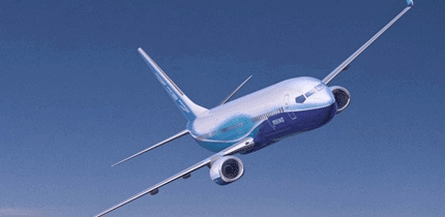The US Federal Aviation Administration has just published an urgent airworthiness directive (AD) requiring a crew pre-flight briefing about the functioning of the cabin altitude warning system for all models of the Boeing 737. The directive acknowledges that, despite an FAA AD published two years ago following the fatal crash near Athens on 14 August 2005 of a Helios Airways 737-300 caused by crew hypoxia when the cabin failed to pressurise, there have been further incidents of pilot failure to recognise the activation of the cabin altitude warning system.
The latest AD becomes effective as a final rule on 25 November without a consultation period, but comment is invited, and a 120-day implementation period for operators is being allowed.
 |
|---|
© Boeing |
Each crew, says the AD, must carry out a briefing before the first flight of the day on what to expect from the cabin altitude warning system so they do not ignore its alert. The FAA explains: "Because of the dual purpose of the intermittent cabin altitude/takeoff configuration warning horn, this briefing serves to remind flightcrews that the sounding of the cabin altitude warning horn in flight requires immediate action, beginning with the immediate donning of oxygen masks."
Crew operations manuals must require the briefing to be used by crews "on aeroplanes in which the CABIN ALTITUDE and TAKEOFF CONFIG lights are not installed, or are installed but not activated". This, says the AD: "will be included as an additional item on the takeoff briefing before engine start for the first flight of the day, or following any change of either flightcrew member".
The FAA requires that the pre-flight briefing must include the following verbal reminders:
Whenever the intermittent warning horn sounds in flight:
- Immediately don oxygen masks and set regulators to 100%,
- Establish crew communications
- Do the CABIN ALTITUDE WARNING OR RAPID DEPRESSURISATION checklist.
It also requires that both pilots should verify, on the overhead cabin altitude panel, that the cabin altitude is stabilised at or below 10,000ft (3,050m) before removing oxygen masks.
Meanwhile in Cyprus, where Helios Airways was based, the public prosecutor has said that five people will be prosecuted in court over the accident, but has not yet named the individuals.
Source: Flight International























